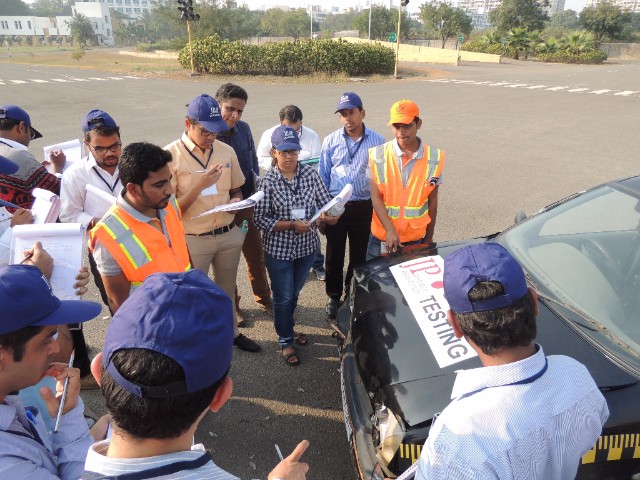|
|
|
|
|
|
In the year 2015, SaveLIFE Foundation (SLF) with the help and support of the Maharashtra State Road Development Corporation (MSRDC) and Mahindra & Mahindra embarked on a mission to make the Mumbai-Pune Expressway a Zero Fatality Corridor. JPRI joined this initiative as technical partners to SLF and has been supplementing this initiative by providing technical inputs in planning interventions and preventive measures through crash data and contributing factor analysis.
As per the Mumbai Pune Expressway (MPEW) Road Accident Study report, there is a visible decrease in the fatal crashes studied on the MPEW in the year 2017 (34%, 42 fatal crashes out of the 125 crashes studied)) as compared to the year 2016 (41%, 63 fatal crashes out of the 155 crashes studied). In the year 2016 there were 117 fatal victims from the 63 fatal crashes investigated whereas in the year 2017 there were 67 fatalities from the 42 fatal crashes. This reduction in fatalities if put in terms of reduction percentage translates as follows:
Reduction in fatalities per fatal crash investigated in 2017 from 2016 = 14%
Reduction in fatalities per crash investigated in 2017 from 2016 = 28%
The State Highway Police numbers for the same period are:
We see a reduction of 30% absolute fatalities on the MPEW, as per the Maharashtra State Highway Police statistics, in the year 2017 as compared to 2016.
This reduction is a combined effort of planned road engineering interventions and enforcement initiatives based on factors identified from the JPRI crash data analysis. The interventions were implemented on the MPEW starting from the second half of the year 2016. The primary targets of these interventions were:
We can observe visible difference in both the targeted factors. The difference observed for object impacts may seem less (7%) but if the objects impacted are studied then it is clearly visible that the concrete structure impacts that were targeted through the intervention of installing guardrails has been effective.
The increase in guardrail involvement in crashes is the reason for the decrease observed in the crashes involving the concrete structures. The guardrails have also brought down the severity of the crashes in which they are involved.
The aim of ZFC is to bring down the fatalities on the MPEW to ZERO by 2021. And with the positive outcomes as observed in the first year of implementation itself, we can be hopeful that we can achieve that aim.
The ZFC project is a novel initiative by SLF and demonstrates how crash data analysis can be put to use in reducing fatalities on roads.

JPRI organized the 1st C.R.A.S.H. DAYS program in Pune on 25-26 November 2017. There were 39 participants representing insurance companies, vehicle manufacturers, logistics companies, tyre manufacturers, road (civil) engineers, transportation engineering students and transport security and safety personnel. Overall, the event was well appreciated by the participants as they got a hands-on experience of conducting crash investigation and reconstruction.
Welcome to WordPress. This is your first post. Edit or delete it, then start writing!